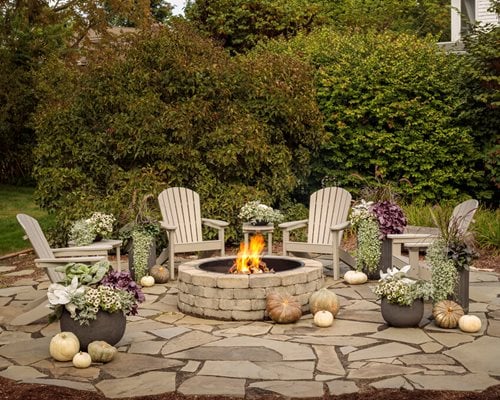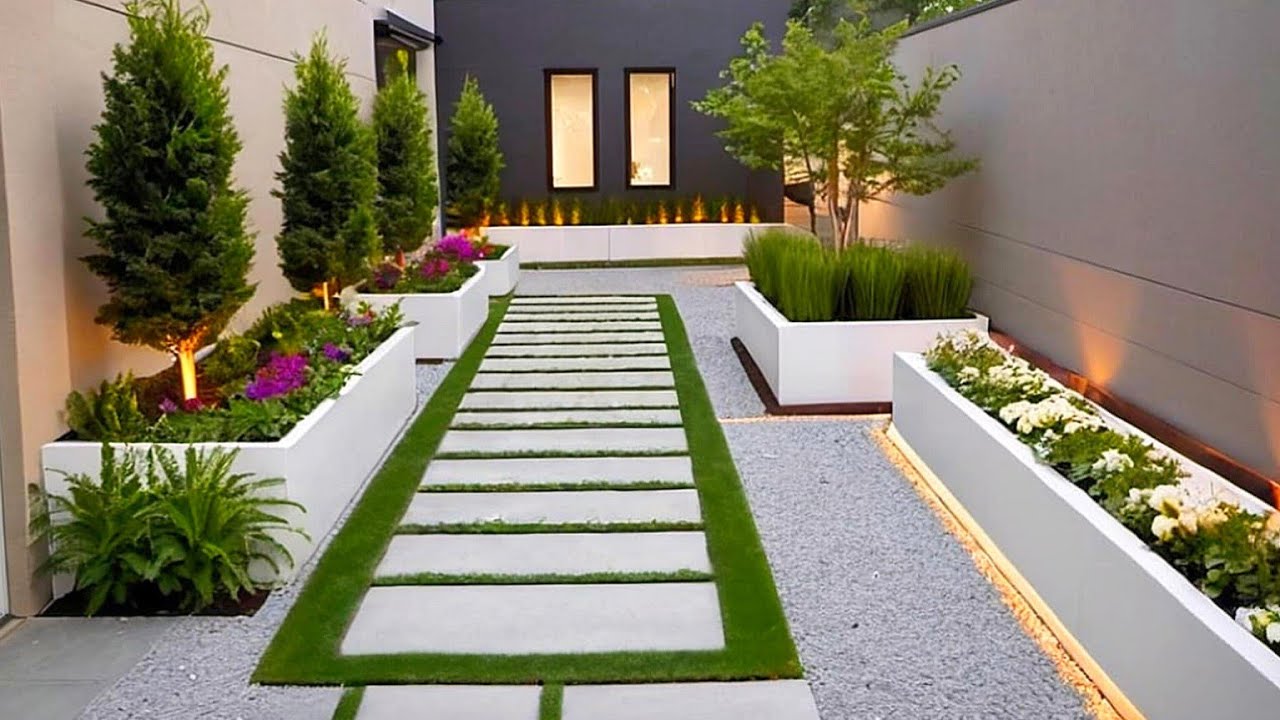Garten Design: Creating Your Perfect Outdoor Retreat
When it comes to Garten design, the beauty lies in the details, from selecting the right plants to determining the perfect layout for your space. A well-designed garden is an extension of your home, offering a tranquil environment where you can connect with nature. In this article, we will explore various aspects of Garten design, providing practical tips and ideas to help you transform your outdoor area into a beautiful haven.
Understanding the Key Elements of Garten Design
Before diving into specific design ideas, it’s essential to understand the key elements that contribute to a successful Garten design. These elements include layout, plant selection, color schemes, and hardscapes, all of which work together to create a cohesive and inviting environment. By considering these aspects, you can ensure that your garden reflects your personal style while being functional and practical.
Layout Ideas for Your Garden
The layout is one of the most critical components of any Garten design. An effective layout not only enhances the aesthetic appeal but also maximizes the usability of the space. Start by assessing your garden’s natural features, such as sunlight patterns, slopes, and drainage. Here are some layout ideas to consider:
- Formal gardens feature symmetrical designs with clearly defined geometric shapes, often flanked by hedges or pathways.
- Informal gardens have organic forms that mimic natural landscapes, creating a more relaxed atmosphere.
- Raised garden beds can help distinguish different areas and elevate your planting, facilitating better drainage.
/french-kitchen-garden-illustration-1457154f-eeb7cb166bc440e4a25d179e9ca429c3.jpg)
The image of a French kitchen garden illustrates how compact, organized layouts can yield a bountiful harvest, making them ideal for those who want to grow their own herbs and vegetables.
Choosing the Right Plants
Plant selection is essential in any Garten design. It plays a pivotal role in determining the garden’s aesthetic and functional qualities. When selecting plants, consider the following factors:
- Your climate: Choose plants that thrive in your local climate and soil conditions.
- Bloom time: Incorporate plants that bloom at various times throughout the growing season for continuous color.
- Height and spread: Design with layers in mind; choose taller plants for the back of borders and shorter ones for the front.
By considering these factors, you can create a dynamic and visually appealing garden that captures interest throughout the year.
Incorporating Color and Texture
A successful Garten design often utilizes a harmonious color palette and a mix of textures. Start by selecting a primary color to set the theme of your garden, then add complementary shades for depth. Incorporate different textures using foliage, flowers, and hardscapes to create contrast and visual interest. For instance:
- Fine textures: Ferns and delicate flowers add lightness and softness.
- Coarse textures: Plants like hostas or ornamental grasses can lend a stronger presence to your design.
Balancing these elements will create a rich tapestry that beckons exploration and enjoyment.
Implementing Hardscapes in Garten Design
Hardscaping refers to the non-plant elements of your garden, such as patios, walkways, and walls. Incorporating hardscapes is vital as they establish structure and define spaces within your garden. Here are several ways to utilize hardscapes effectively:
Creating Functional Spaces
To maximize your enjoyment of the garden, consider creating dedicated functional areas, such as seating or dining spaces. A well-placed patio or deck can serve as an inviting area for outdoor meals and gatherings. Consider the following options:
- Patios: A durable stone or paver patio makes a great base for outdoor furniture.
- Fire pits: Building a fire pit area brings warmth and ambiance to your Garten design.

This image showcases a cozy outdoor fire pit, which serves as an excellent gathering spot during cool evenings while enhancing the garden’s atmosphere.
Pathways That Lead the Way
Pathways not only provide structure to your garden but also guide visitors through various features, creating a sense of exploration. You can choose from several materials, such as gravel, stone, or brick, depending on the overall style of your Garten design. Consider the following:
- Curved paths: They add a more organic feel and often feel more inviting than straight lines.
- Defined borders: Hard surfaces like stones can create strong contrasts against softer garden elements.
A well-planned pathway can enhance the overall flow and functionality of your garden space.
Eco-Friendly Garten Design Practices
Incorporating eco-friendly practices into your Garten design not only benefits the environment but can also save you money and time. Here are some sustainable techniques to consider:
Water Conservation Strategies
Water scarcity is a growing concern; using techniques that optimize moisture usage in your garden is essential. Techniques include:
- Xeriscaping: This method involves selecting native plants and minimizing turf areas to reduce water needs.
- Rain gardens: Create depressed areas in your garden that collect rainwater runoff, allowing it to nourish plants.
Implementing these strategies can contribute to a healthier garden and environment.
Natural Pest Control Solutions
Instead of using chemical pesticides, consider natural pest control methods that promote biodiversity and protect beneficial insects. Here are some strategies to adopt:
- Companion planting: Pair certain plants together to deter pests naturally and enhance growth.
- Beneficial insects: Encourage ladybugs, lacewings, and other insects that prey on harmful pests.
These sustainable practices can maintain the health of your garden while reducing your ecological footprint.
Key Takeaways
- Effective Garten design integrates layout, plants, color, and hardscapes.
- Choose the right plants based on your climate and aesthetic preferences.
- Hardscapes can create functional spaces and guide visitors throughout your garden.
- Utilizing eco-friendly practices can greatly benefit gardens and the environment.
- Incorporating a variety of textures, colors, and structures enhances garden appeal.
FAQ
1. What is the best time to plant a garden?
The best time to plant a garden depends on your local climate. Generally, spring is ideal for most vegetables and flowers, while fall is great for certain perennials and shrubs. Be sure to check your local planting zones for specific recommendations.
2. How can I make my garden more eco-friendly?
Implementing composting, using native plants, and installing rainwater collection systems are just a few ways to create a more eco-friendly garden. Practicing natural pest control and reducing water usage are also excellent strategies to consider.
3. What is the difference between hardscaping and softscaping?
Hardscaping involves the non-plant elements of a garden, such as paths and patios, while softscaping refers to living elements like plants, trees, and flowers. A balanced Garten design incorporates both to create a functional and visually appealing space.
4. How do I choose the right plants for my garden style?
Reflect on your garden’s theme and climate when choosing plants. Consider their height, bloom time, and whether they are native or drought-resistant. Visiting local nurseries can also provide guidance on plant selections suited for your area.
5. What common mistakes should I avoid in Garten design?
Common mistakes include overcrowding plants, ignoring drainage issues, and not considering seasonal changes. Planning for growth, assessing your garden’s needs, and allowing for maintenance will ensure success in your Garten design.
